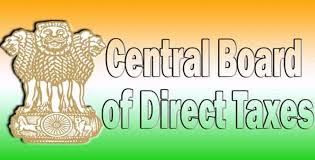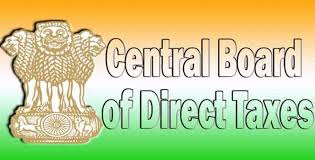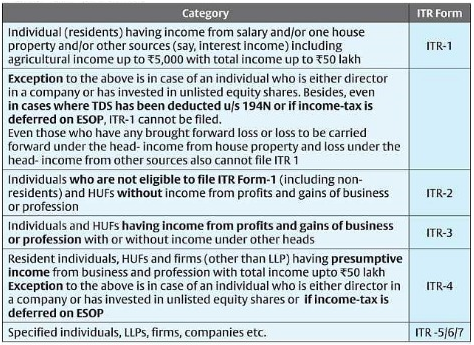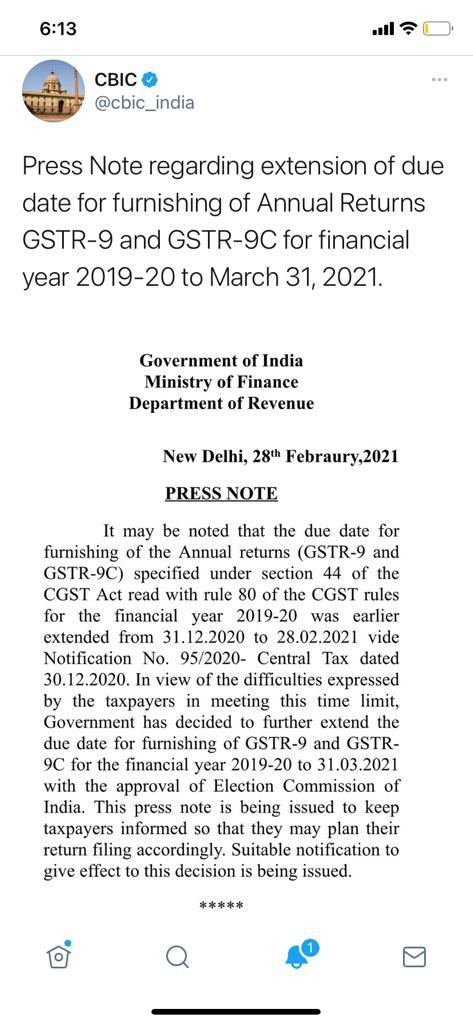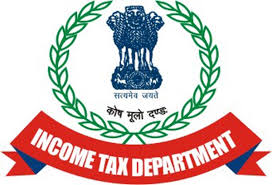
The income tax department (I-T dept) on Monday rolled out the new annual information statement (AIS) on the compliance portal. This annual statement provides a comprehensive view of information to a taxpayer and the facility to submit online feedback.
The new annual information statement (AIS) includes additional information linked to interest, dividend, securities transactions, mutual fund transactions, foreign remittance information and other such transactions.
The income tax department has clarified that till the new annual information statement is validated and is completely operational, Form 26AS will continue to be available on the TRACES portal. The tax department also added that the reported information has been processed to remove duplicate information.
If the taxpayer feels that the information is incorrect, relates to another person/year, duplicate or such other a facility has been provided to submit online feedback. “The taxpayers are requested to view the information shown in annual information statement (AIS) and provide feedback if the information needs modification,” the Central Board of Direct Taxes (CBDT) said.
The new AIS can be accessed by clicking on the link ‘Annual Information Statement (AIS)’ under the ‘Services’ tab on the new Income tax e-filing portal (https://www.incometax.gov.in).
How AIS will be helpful?
AIS provides for a simplified taxpayer information summary (TIS) which shows the aggregated value for the taxpayer for the ease of filing returns.
If the taxpayer submits feedback on the annual information statement (AIS), the derived information in TIS will be automatically updated in real-time.
This derived information in taxpayer information summary (TIS) will be used for pre-filling of return which shall be implemented in a phased manner.
If the ITR has been filed but some information has not been included, the return may be revised to reflect the correct information as shown in TIS.
In case there is a variation, the taxpayer may rely on the information displayed on the TRACES portal for the purpose of filing of ITR.
In comparison to Form 26AS, AIS is a more comprehensive single reference document and can be modified by taxpayers if the information is incorrect.
Annual Information Statement (AIS) provides complete and detailed information related to interest, dividend, securities/ mutual funds transactions.
